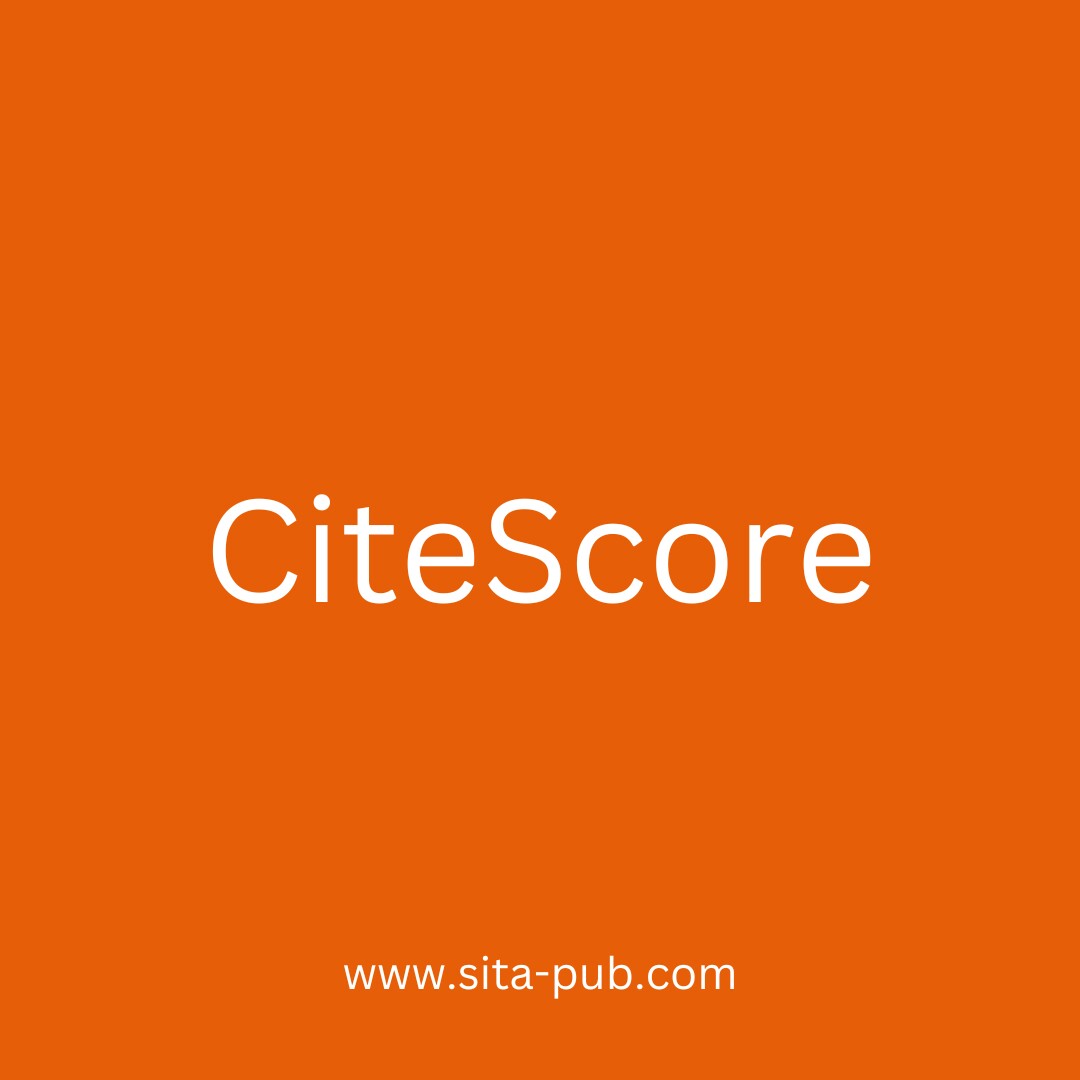Understanding CiteScore: A Key Metric in Academic Publishing


In academic publishing, metrics help evaluate the quality and impact of journals. One important metric is CiteScore, which measures how often articles in a journal are cited by other researchers. This article explains what CiteScore is, how it is calculated, its importance, limitations, and how to use it effectively.
CiteScore is a metric created by Elsevier. It measures the average number of citations received by articles published in a journal over the last four years. It helps researchers, institutions, and publishers understand the impact of a journal.

CiteScore is calculated using this formula:
CiteScore = Total citations in a year to articles published in the last four years / Total number of articles published in the last four years.
Citations: This counts all citations to articles published in the journal during the last four years.
Document Types: It includes research articles, reviews, and other types of publications.
Time Frame: The four-year period gives a broader view of a journal's citation impact compared to shorter metrics like the Impact Factor, which uses only two years.
CiteScore is important for several reasons:

Researchers use CiteScore to evaluate journal quality. A higher CiteScore usually means the journal is influential in its field.

Authors can use CiteScore to choose the right journal for their work. Comparing CiteScores helps them find suitable options.

CiteScore is often mentioned in research proposals. A higher CiteScore can strengthen an applicant's credibility when seeking funding.
Metric | How It’s Calculated | Time Frame | Focus |
|---|---|---|---|
CiteScore | Total citations in the last 4 years / Total documents in the last 4 years | 4 years | Average citations |
Impact Factor | Total citations in the last 2 years / Total documents in the last 2 years | 2 years | Recent citations |
SJR (SCImago Journal Rank) | Citations weighted by the prestige of citing journals | 3 years | Quality of citations |
h-index | Number of articles with at least "h" citations | Varies | Productivity & impact |
Eigenfactor | Total citation influence of a journal, considering quality | 5 years | Overall influence |
While CiteScore is useful, it has some limitations:
Different academic fields have different citation habits. Some fields may have higher citation rates, affecting comparisons.
CiteScore may not show the most current impact of new articles because citations can take time to accumulate.
Some journals might inflate their CiteScore by publishing more review articles, which usually get cited more.
Go to the Scopus website or the Elsevier journal platform.
Type the journal's name or ISSN in the search bar.
Find the journal and look for its profile or metrics section. You should see the CiteScore listed.
A higher CiteScore means more citations, indicating a more influential journal.
Check if there is a trend graph to see how the CiteScore has changed over time.
Use the comparison table to evaluate the CiteScore against other metrics like Impact Factor.
Remember the field of study, as different fields may have different citation practices.
To navigate the publication process, here are some tips:
Use CiteScore as one of many factors when selecting journals for submission. Look at other metrics and consider the journal's focus.
Keep track of CiteScore changes over time. A journal's CiteScore may go up or down, reflecting its impact.
Combine CiteScore with other metrics like Impact Factor and h-index for a complete view of a journal's reputation.
CiteScore is a helpful metric for understanding the impact of academic journals. By knowing how it is calculated and its importance, researchers can make better decisions about where to publish. While it has limitations, CiteScore is an essential tool in academic publishing.
Are you unsure which journal to submit your research to? We offer personalized journal recommendation services to help you find the best fit for your work! Our team can guide you based on your research area, goals, and desired impact.
If you have any questions, inquiries, or would like to learn more about our services, please don't hesitate to reach out to us. Our dedicated team is ready to assist you.